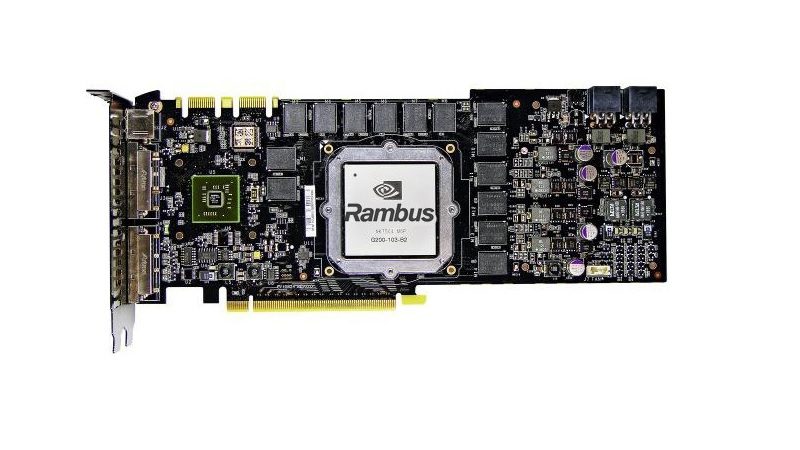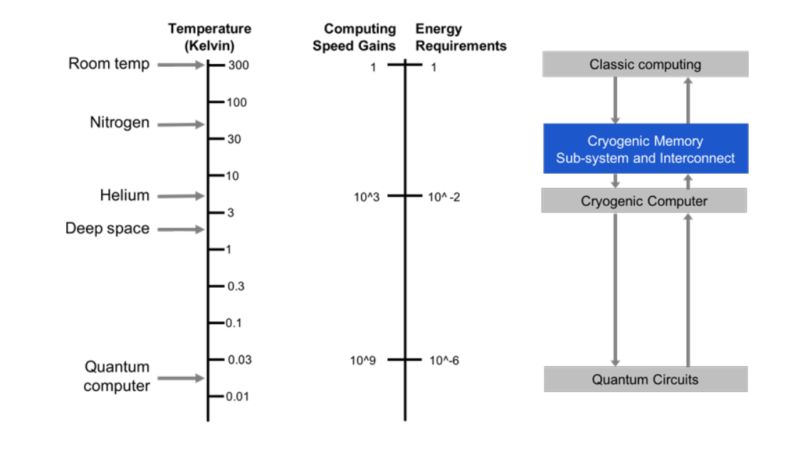Microsoft and Rambus Develop Cryogenic DRAM
Ashley Allen / 7 years ago

The balance between the efficiency and performance of a computer component is effectively the line between energy consumption and overheating. Computer users have had to become smarter about how their hardware is powered and cooled as Moore’s Law has become increasingly irrelevant. Integrated memory technologies – like CBRAM and ReRAM – grow ever more desirable. Datacentres, which house huge racks of processors and hard drives, are increasingly being built-in countries with colder climates. Quantum computing has been hailed as the panacea.
Right now, though, the most efficient method of sustaining high-demand processing is through supercooling. Rambus Labs is one company at the forefront of cryogenic computing. Together with Microsoft, it is working to drive down the temperature of systems it operates to around -140oC.

The End of Moore’s Law is the Beginning of Supercooling
“Something not many people are talking about is playing the temperature card,” Gary Bronner, Vice President of Rambus, told NextPlatform. Competitors, Bronner says, are looking too far the other way, at using components that can run hotter. He thinks they should “move the knob a lot in the other direction. To me, I like this a lot because the end of Moore’s Law is real and I think the industry needs something significantly different. All the talk I hear is about stretching Moore’s Law in the datacenter, such as using GPU accelerators. Those will work, but it’s a one-time shot. You use it once, and you are done.”

Cryogenic DRAM Ushers in the Age of Quantum Computing
Rambus and Microsoft teamed up two years ago to develop technologies for quantum computing. The pair’s efforts, though, are set to bear fruit right now. Together, they will begin testing cryogenic DRAM – designed specifically for theoretical quantum computers – sometime this month.
“Rambus and Microsoft are planning to put this idea into action,” reports NextPlatform’s Timothy Prickett Morgan. “The companies in 2015 announced a partnership to research memory technologies needed for quantum computing. At the time, neither vendor mentioned cryogenics, though the goal was to develop high-bandwidth, power-efficient memory architectures. Officials with both companies late last month said they would develop a prototype of cryogenic memory based on DRAM within weeks, with further development being unveiled later this year. It is part of Microsoft’s larger efforts around quantum computing through the Station Q consortium that the software giant heads.”



















